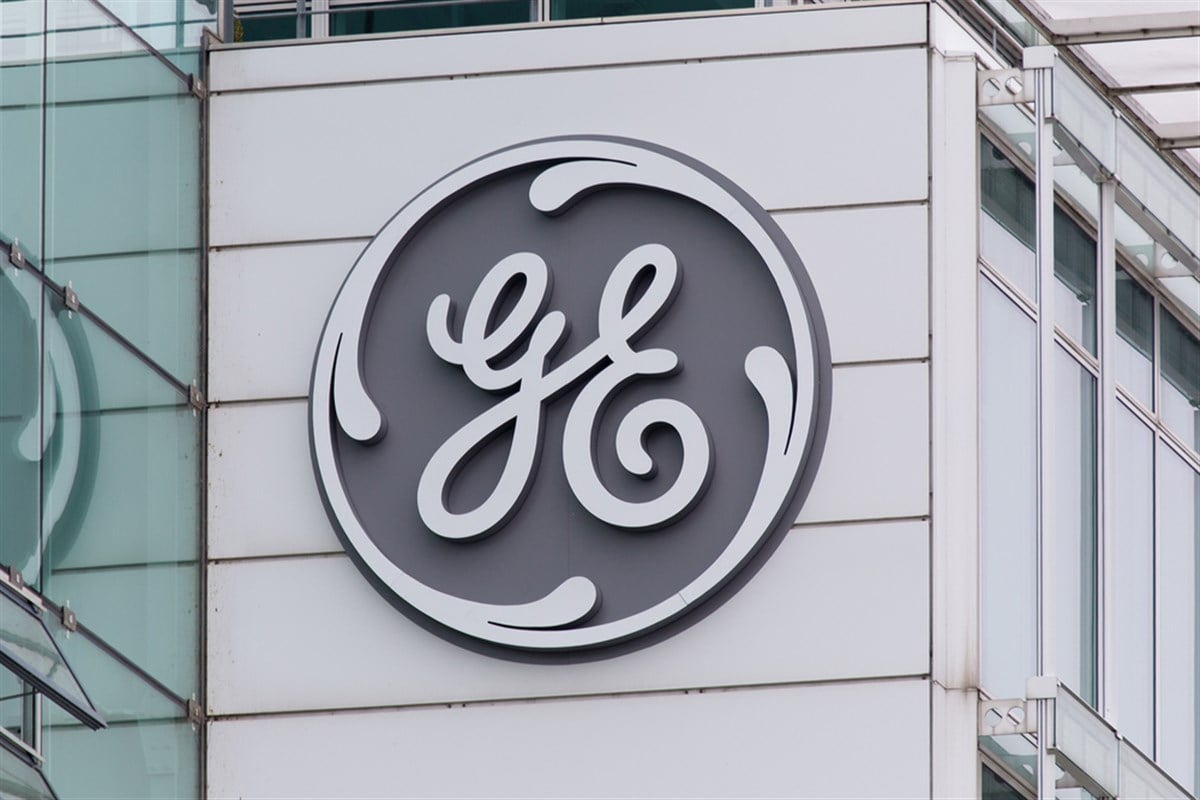
General Electric GE, the once-sprawling conglomerate synonymous with American industrial might, has undergone a radical transformation. In a multi-year process spearheaded by CEO Larry Culp, GE has shed businesses, streamlined operations, and ultimately split into three publicly traded entities: GE Aerospace GE, GE Vernova GEV, and GE HealthCare GEHC. This strategic restructuring has profound implications for investors, raising questions about the investment potential within each new company.
From Edison's Lightbulb to a Global Colossus
Founded in 1892 through the merger of Edison General Electric Company and Thomson-Houston Electric Company, GE's influence has spanned industry sectors and shaped consumer life as we know it. GE's innovations have permeated daily life, from lightbulbs to jet engines and home appliances to healthcare technologies. The company soared under the leadership of Jack Welch in the 1980s and 1990s, with GE Capital, its financial arm, becoming a major engine of growth. Yet, the conglomerate model began to hit turbulence in the early 2000s, with the 2008 financial crisis nearly bankrupting GE Capital and highlighting the hidden vulnerabilities of this diversified giant.
The Turnaround Strategy
When Larry Culp became CEO in 2018, the first outsider to hold GE's top post, he inherited a legacy company saddled with debt and struggling operations. Culp's playbook centered on drastic measures that included slashing the dividend, selling off assets, and aggressively reducing debt. He sold GE's biopharma business to Danaher DHR, spun off GE Transportation in a merger with Westinghouse Air Brake Technologies Corp WAB, also known as Wabtech, and further downsized GE Capital. The goal was a leaner GE that is laser-focused on sustainable growth and profitability in core areas of strength. These turnaround efforts proved effective. The company’s debt burden fell considerably, General Electric’s stock price recovered, and the foundation was laid for the most transformative step, which was the split into three independent companies.
Meet the New GE Entities
The dissolution of GE has created an intricate yet possibly rewarding situation for investors. The prior conglomerate is now divided into three separate entities, each with unique market positions and growth prospects:
- GE Aerospace: This is what remains of the legacy GE, retaining the iconic brand and ticker symbol. GE Aerospace is now entirely focused on aviation and the aerospace sector, manufacturing commercial and military aircraft engines and providing a wide range of aftermarket services. With the largest installed base in the industry, GE Aerospace is poised to benefit from a booming aviation market and ongoing demand for maintenance, repair, and overhaul (MRO) services.
- GE Vernova: GE Vernova bundles the former GE Power and GE Renewable Energy businesses, targeting growth in the global push for decarbonization and electrified grids. It operates in three segments within the energy sector: power (gas turbines, steam turbines, nuclear services), wind (onshore and offshore turbines), and electrification (grid solutions, power conversion, and related technologies). Despite challenges in profitability, particularly in the wind segment, GE Vernova's strategic positioning aligns with the long-term trajectory of the power generation landscape.
- GE HealthCare Technologies: This spin-off began trading in early 2023 and has already proven successful. GE HealthCare is a significant player in medical imaging, diagnostics, and related technologies. Its product portfolio covers a wide range of medical needs, offering the potential for further growth as medical technology continues to evolve.
Key Considerations for Investors
The GE breakup presents investors with a diverse environment, necessitating a thorough assessment of potential returns against the varying opportunities and risks inherent in each newly formed entity. Firstly, understanding industry trends is essential. GE Aerospace's performance is heavily influenced by the health of the global aerospace industry, which is sensitive to travel demand and aircraft production. The current rebound in air travel is positive, but long-term trends should be monitored. For GE Vernova, the speed of renewable energy adoption globally will be a major driver of success. Government policies promoting decarbonization or technological breakthroughs in energy storage could significantly reshape the market. GE HealthCare operates in a sector with stable demand driven by aging populations, but it is also subject to healthcare regulations and reimbursement policies that vary by country, impacting profitability potential.
Secondly, a thorough understanding of the competitive landscape is essential. GE Aerospace benefits from a large installed base and dominance in aftermarket services, but key rivals like Pratt & Whitney (part of the Raytheon Technologies RTX conglomerate) and Rolls-Royce RYCEY could still disrupt the market. GE Vernova faces competition from established players like Siemens Energy SMNEY across various segments and will need to stay ahead in technology and cost-competitiveness. GE HealthCare contends with major medical technology players like Philips PHG and Siemens Healthineers SMMNY and must continuously innovate to maintain a strong position.
Finally, investors need to scrutinize the financial fundamentals and future prospects of each company. GE Aerospace prioritizes free cash flow generation, dividend payouts, and buybacks, appealing to those seeking income. Investors should watch margins and aftermarket revenue optimization. GE Vernova, although boasting a streamlined balance sheet, needs to demonstrate its ability to achieve sustainable margin expansion in a competitive market. GE HealthCare, the early spin-off, shows a track record of innovation and growth, but its performance as an independent entity within the complex medical technology market warrants further evaluation.
The era of GE as a vast conglomerate is over. Whether this strategic split will ultimately create greater value for investors than the sum of its parts remains to be seen. The trajectories of GE Aerospace, GE Vernova, and GE HealthCare will hinge on their execution, ability to innovate and navigate the changing tides of their respective industries. As they embark on their independent paths, investors should carefully assess the unique opportunities and risks posed by each of these businesses.
The article "General Electric: A Legacy Splits into Three for Growth" first appeared on MarketBeat.
© 2025 Benzinga.com. Benzinga does not provide investment advice. All rights reserved.
Trade confidently with insights and alerts from analyst ratings, free reports and breaking news that affects the stocks you care about.